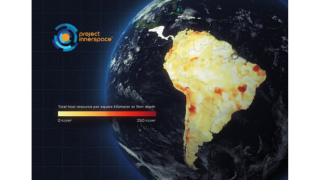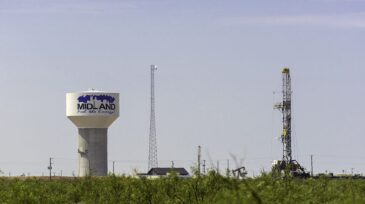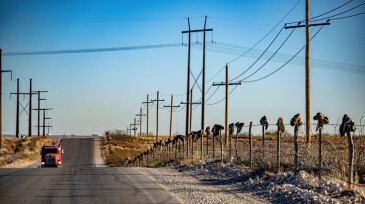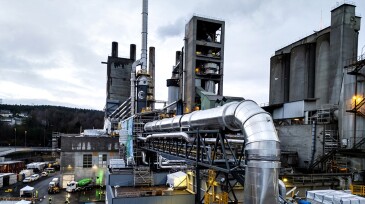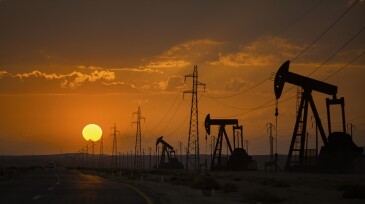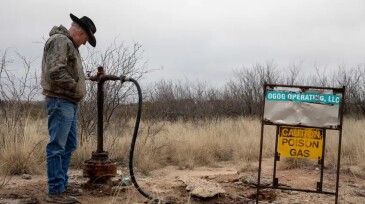HSE & Sustainability
A resilience-based approach to safety was the focus of a panel of experts at the 2025 SPE Annual Technical Conference and Exhibition in Houston.
APOGCE 2025 set the stage for strategic dialogues on how Asia Pacific’s upstream industry can innovate, invest, and collaborate to meet growing energy demand while advancing net-zero goals.
The freely accessible online platform is the latest in a series of maps designed to reveal the continent’s untapped geothermal potential.
-
This paper describes a case history in the UAE in which the cleanout of scale contaminated with naturally occurring radioactive material was conducted successfully.
-
The Texas Railroad Commission has tightened its guidelines on the permitting of disposal wells in the Permian Basin.
-
A revised biological opinion determined that the endangered species could go extinct without new precautionary measures.
-
New Mexico is the second-largest oil producer in the US behind Texas. Drawing immense wealth from the Permian Basin, the state relies on a workforce—often Latino men—who are subjected to harrowing conditions that lead to death, injury, disease, and terrible tolls on mental health and family life.
-
The two companies said they will evaluate the possibility of a joint venture to develop a direct air capture hub in South Texas, with XRG considering investing up to $500 million.
-
This paper proposes a model for understanding safety culture maturity that can help an organization understand how engaged their employees are in safety and what potential barriers there may be to that engagement.
-
The plant at Heidelberg Materials’ cement facility in Brevik, Norway, has captured its first 1,000 metric tons of carbon dioxide.
-
The times are changing and so are our industry’s prospects, as hydrocarbons are now recognized as cardinal to affordable energy security for the conceivable future. But, in avoidance of suspense, the answer to the headline question is “absolutely.” Here we look at the rationale why.
-
Tariff-fueled cost uncertainties have left the future of low-carbon hydrogen generation up in the air.
-
Across Texas, abandoned wells are erupting with chemical-infused liquid and some have created massive lakes of contaminated water. Regulators say they need more money to address the problem.



